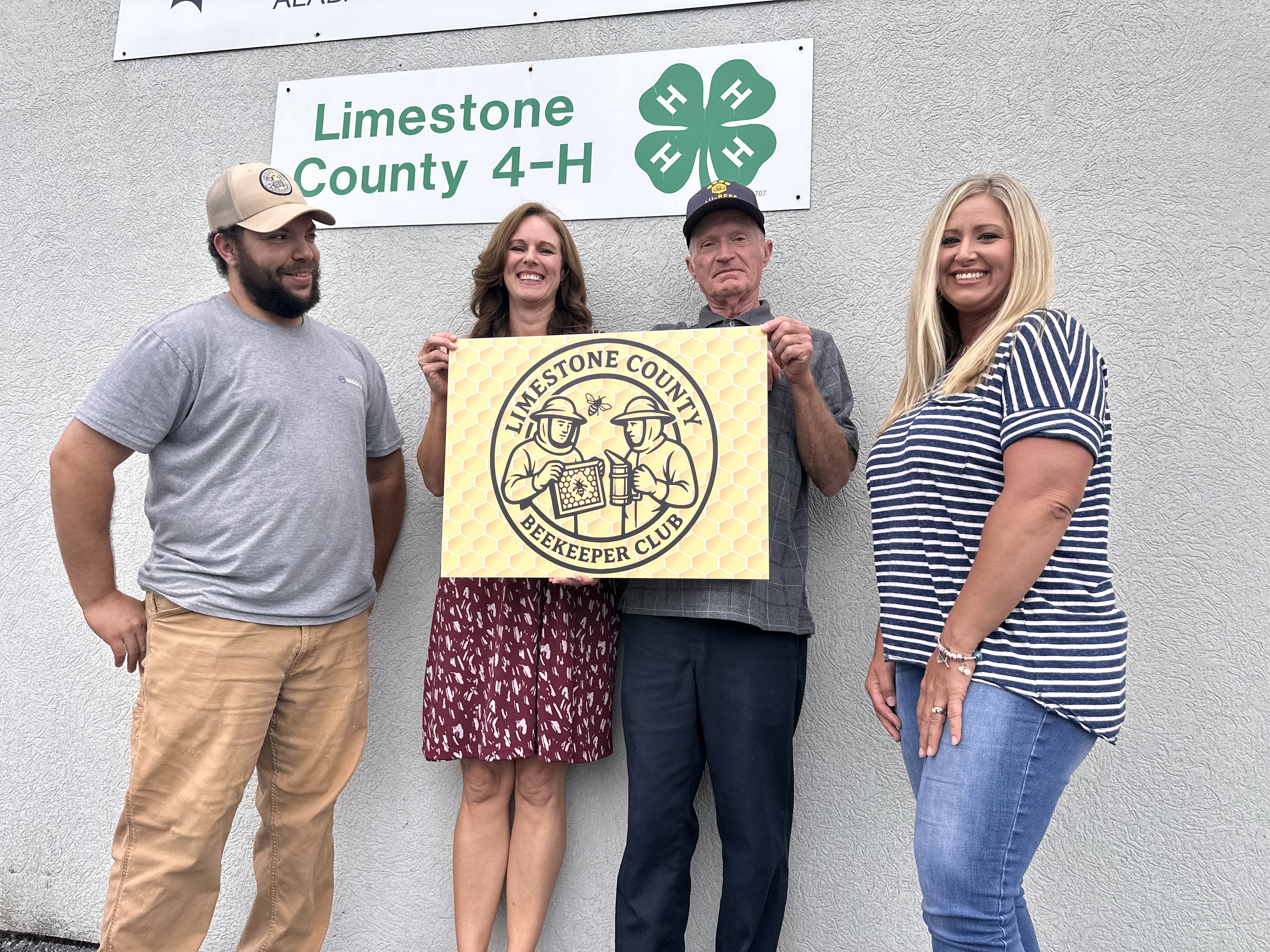PILGRIM’S PRIDE: Firm unveils wish-list renderings
Published 5:00 am Saturday, November 9, 2019

- This scenario shows a number of features that could be part of the 32-acre park being built on the former Pilgrim's Pride processing facility on Pryor Street in Athens. Meetings held this week were designed to gather public feedback about the park.
A park built at the site of the former Pilgrim’s Pride processing facility on Pryor Street in Athens could include a number of wish-list features, like an outdoor amphitheater, beer garden, dog park, skate park or splash pad.
Those features and others were included on renderings prepared by Farmer Morgan LLC, the Nashville-area architectural firm overseeing the design of the 32-acre park. The renderings and the firm’s findings were presented Thursday at City Hall in Athens during a public meeting.
Farmer Morgan worked Monday through Thursday on gathering input from the public about the park and what residents wanted to see there.
Ben Farmer, the firm’s managing partner, said he was consistently surprised by the amount of interest in the park and by the number of residents who dropped by City Hall throughout the week to contribute their ideas.
“We run an open-door policy, but we had to assign two to three people to manage who was coming in and get that feedback,” he said. “Sometimes you have a trickle, but this was consistent all day long. (Residents) walked in informed and wanted to share.”
The city paid $130,000 to hire Farmer Morgan to design the park. The firm was hired to present two final scenarios to the City Council, but Farmer said the group went ahead and created a third that included a hotel and civic center, “just to push the envelope a little bit.”
City officials previously said they want the park to be more than just a park. Because the city purchased the property, it could sell parcels to retail and residential developers.
Farmer explained not all types of residential and retail development would work well within the confines of the park, however. The team created a market study when developing housing and retail pro formas as a way to gauge the probability of success. The trade area of the study took in about 1,300 residents of the city’s total population of almost 27,000.
“If a development scenario takes on a more substantial presence,” Farmer explained, “the target area would expand, and the market would adjust.”
On the residential side, Farmer said the property would not lend itself to single-family homes, and town houses would be a more suitable form of housing. He set an example price of $300,000 per unit, which could provide a builder with a 16% return on investment.
“This could be an attractive development,” he said. “The park would serve as the back yard of the town houses.”
Other scenarios Farmer said likely wouldn’t work are strip-type residential developments. He said research found smaller businesses, like coffee shops and specialty markets that offer a combination of services, would work best.
“There is a gross retail demand, but you can’t put a grocery store on 200 square feet,” he said.
One of the biggest issues Farmer and his team worked on is stormwater and drainage from the site, which is prone to flooding after periods of heavy rain. There is also a spring that runs under the site.
Farmer said the team incorporated stormwater drainage and the spring into its renderings. One rendering features a constructed wetland through the center of the park. Another rendering depicts a dedicated fishing area, water features and a splash pad.
Farmer’s most pressing concern is how to clean and manage the stormwater at the same time.
“Anything we do would try to make it where the water was of a higher quality before it leaves (the site),” he said.
Also depicted in the renderings are a pavilion, a community garden and an outdoor classroom.
Farmer said his team would now take all the collected data, tidy it up and create a new presentation to present to the City Council. Farmer Morgan has until March 2020 to complete its redevelopment plan.
When asked if his company could oversee the entirety of the project, Farmer said, “We would like to entertain that idea.”
He explained it’s unknown how much the park development would cost, because it depends on which scenario the City Council chooses. He applauded the progressive nature of the residents, which he based on community recommendations.
“We’re very thankful to work for the city and that we got to know everyone,” he said.





